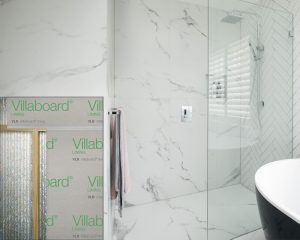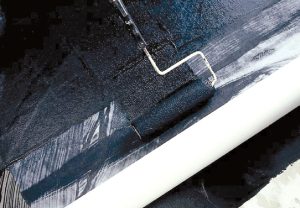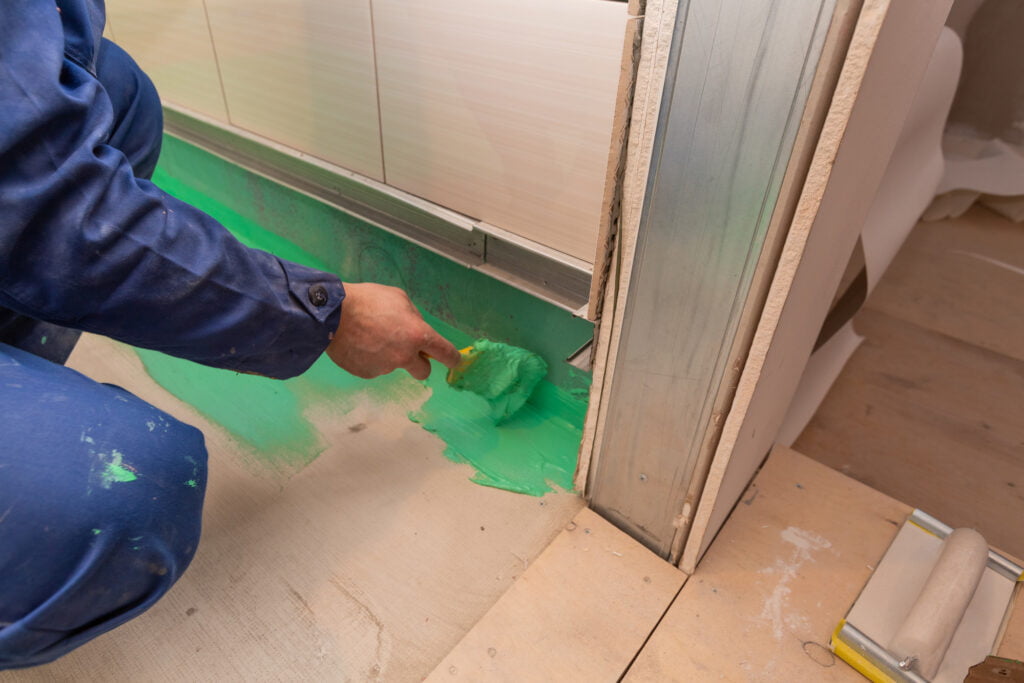The Importance of Australian Standards for Wet Areas
Wet areas, such as bathrooms and kitchens, are integral parts of any home or commercial space. Ensuring their safety, functionality, and durability is crucial. In Australia, there are specific standards in place to regulate the construction and design of wet areas, aiming to create spaces that are not only aesthetically pleasing but also safe and long-lasting.
Australian Standard AS 3740
At the forefront of regulations concerning wet areas in Australia is the Australian Standard AS 3740. This standard provides comprehensive guidelines for waterproofing in domestic wet areas, including bathrooms, laundries, and kitchens. AS 3740 outlines the minimum requirements and best practices to prevent water damage, ensuring the longevity of structures and maintaining the health and safety of occupants.

Key Components of AS 3740
AS 3740 covers various aspects of wet area construction, emphasizing the need for waterproofing to protect against water leaks and seepage. The standard addresses key components, including:
- Substrates: AS 3740 specifies the types of substrates suitable for wet areas, ensuring they are stable, smooth, and capable of supporting finishes and waterproofing systems.
- Waterproofing Membranes: The standard provides guidelines on the selection and application of waterproofing membranes to prevent water penetration, particularly in areas prone to moisture.
- Drainage: Proper drainage is essential to direct water away from wet areas efficiently. AS 3740 outlines the requirements for effective drainage systems to minimize the risk of water-related issues.
- Sealing Joints: AS 3740 addresses the importance of properly sealing joints to prevent water ingress. This includes joints between different materials and connections between walls and floors.
- Finishes: The standard offers recommendations for finishes in wet areas, considering factors such as slip resistance and ease of cleaning to enhance safety and hygiene.
Compliance and Certification
It is essential for builders, designers, and contractors to adhere to AS 3740 to meet the required standards for wet area construction. Compliance with these regulations is not only a legal obligation but also crucial for ensuring the quality and safety of the built environment. Australian authorities may require certification to verify that wet areas meet the stipulated standards, providing assurance to homeowners and occupants.
The Role of Building Professionals
Building professionals play a pivotal role in implementing the standards outlined in AS 3740. Architects, builders, and waterproofing specialists should be well-versed in these regulations to incorporate them seamlessly into the design and construction processes. Attention to detail and precision during installation are paramount to achieving effective waterproofing and preventing issues that may arise from water damage.
Evolution of Standards
Standards for wet areas are not static; they evolve to address emerging challenges and incorporate advancements in construction materials and technologies. Staying updated with the latest revisions ensures that professionals in the building industry are equipped with the knowledge needed to create modern, efficient, and compliant wet areas.
Industry Collaboration and Feedback
The development and refinement of standards often involve collaboration between industry professionals, regulatory bodies, and experts in relevant fields. Feedback from those directly involved in wet area construction contributes to the continuous improvement of standards, making them more responsive to the changing needs of the industry. For waterproofing solutions in sydney see here.
Conclusion
Adhering to the Australian Standard AS 3740 is imperative for anyone involved in the design and construction of wet areas. By following the guidelines outlined in this standard, professionals contribute to the creation of durable, safe, and aesthetically pleasing spaces that stand the test of time. The emphasis on waterproofing, proper drainage, and quality finishes reflects a commitment to the well-being of occupants and the overall integrity of built environments.


